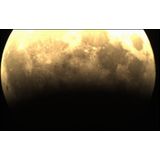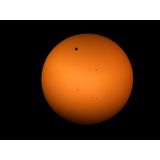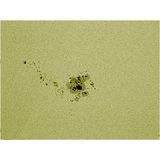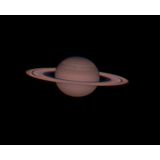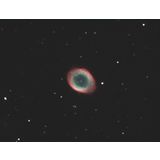
Warm weather, clearing skies, and a variety of celestial events make June a great time to get outside and enjoy the wonders of the sky. The whole family will enjoy summer stargazing sessions in the backyard or at your favorite dark-sky site.
You don’t want to miss the action as Venus transits the face of the Sun prior to sunset on June 5th, but BE SAFE and remember to use protective solar filters for your telescope or binoculars. This is truly the solar event of our lifetimes, considering the next Venus transit won’t occur until December of 2117!
Here are a few more celestial highlights for June stargazing:
Partial Lunar Eclipse – Catch a partial eclipse of the Moon on the evening of June 4th from Northwestern locations of North America.
Solar Transit of Venus – Use a telescope or binocular fitted with a protective solar filter and catch the transit of Venus across the Sun before sunset on June 5th. Don’t miss it!
Mars - The Red Planet is visible to the naked eye as a reddish disk, but you need a telescope with a fairly high power eyepiece to see any details on our dusty neighbor.
The Active Sun – Our nearest star will provide great daytime views of sunspots and activity throughout June as we approach solar maximum. Don’t forget that safe solar filter!
Saturn – Throughout June, the ringed planet will be an attractive target for stargazers. Use an eyepiece that will yield at least 40x in your telescope to catch views of Saturn’s beautiful rings and orbiting moons.
Great Globular Cluster in Hercules – Track down popular planetary nebula M57 in the constellation Lyra in June skies. You’ll need a telescope with at least 4.5" aperture to see the interior hole of the ring. Use an 8" or larger reflector for more detailed views.
Colorful Double Albireo – While it may look like a single star to the naked eye, use a telescope to split popular double star Albireo into its two contrasting components. Albireo A shines a bright amber color, while Albireo B is blue-green in color.
Whirlpool Galaxy – On clear June evenings, use astronomical binoculars or a telescope to see M51, the Whirlpool Galaxy and its attached companion galaxy M51b in the constellation Canes Venatici.
Summer Milky Way – Get away from city lights this June to see the cosmic clouds of our own galaxy, the Milky Way with unaided eyes. Take a closer look with binoculars or a telescope for more detail.




